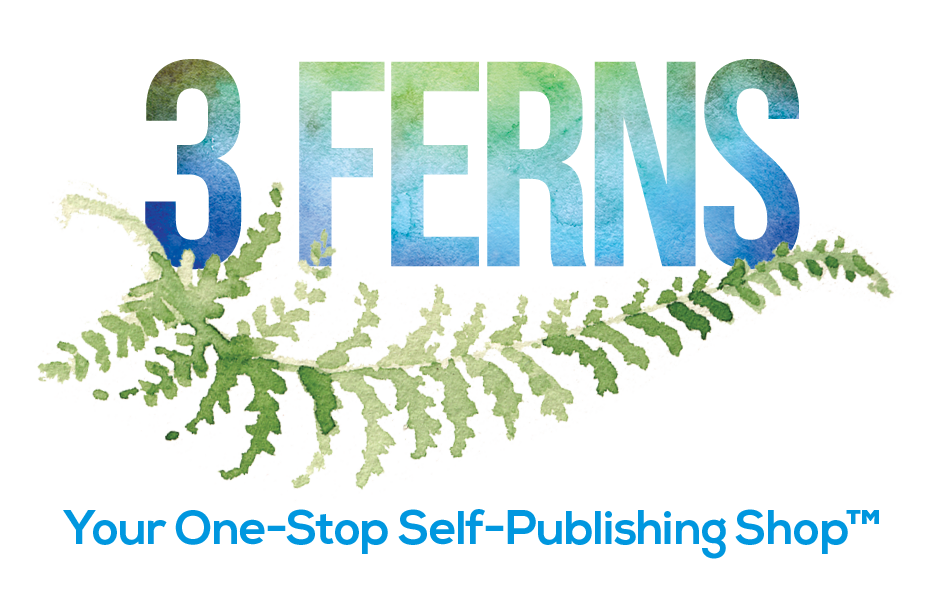
My Povvo Meal: Desperate days and the power of food to HEAL
When times were very bad, I was sitting in my living room, pondering my total lack of food. I hadn’t eaten in several days.
Then I remembered I had a handful (literally) of rice, some powdered gravy mix, and one very small onion. The electricity wasn’t disconnected and I could cook SOMETHING.
I simmered the rice and the sliced onion in the gravy mix and water in my frypan. I promised myself to save half for the next night.
I ate and it was so good to have something in my empty tummy and it actually tasted GOOD too! I made a split second decision to eat it ALL right then (I wasn’t being greedy, it hadn’t made a lot).
Sitting back with a comfortably full tummy that wasn’t growling and clawing at me for the first time in DAYS, I felt deeply satisfied.
At that very moment, I had ENOUGH. I felt SO abundant and I still eat that meal sometimes today because I like it and it reminds me that I’m lucky to ALWAYS have ENOUGH.
They call it “comfort food” for a reason. When I ate that meal, I felt comforted and CARED FOR. It was me doing the caring for myself but I can’t fully express how much that felt like a cuddly warm hug back then! I was the poster girl for self-loathing at that time for sure.
My life was a crazy party life in those long-past days. Koyaanisqaatsi – literally! “Life out of balance” in the Hopi language. A life so crazy that it NEEDS to change.
I wasn’t eating. I was DRINKING. Beer and LOTS of it. I wasn’t looking after myself physically in any meaningful way at all. Apparently, my complexion was roughly the colour of a shucked oyster. For reals 😳
Did that Povvo Meal of rice, gravy, and onions change my errant and outright self-destructive ways?
No, it did not.
It took a continuing journey of energy healing and leaning on the angels for me to pull myself out of the hole that I’d dug. Yes, I’m WOO. And I just LOVE it LOL!
But that small meal made me feel CARED FOR in a very physical way. That feeling had been missing from my life for YEARS at that point.
The power of food to HEAL.
Hippocrates said, “Let thy food be thy medicine and medicine be thy food.”
I wonder if Hippocrates also meant the power of a good, nourishing meal to heal us in our heart, mind, and soul as well as our body?
I have food in my fridge these days. Plenty of it and good quality too! I am truly blessed beyond measure to be in that position. I may not say Grace but I am deeply thankful for every bite.
If I want to eat at a nice restaurant or use the wi-fi at a café to work while I have a hot Earl Grey tea, I have that freedom and option.
I also have a subscription delivered to my door each month for a GORGEOUS freshly roasted coffee blend from different places around the world.
Such luxuries were TOTALLY beyond my reach before. Not just financially but because I didn’t love myself enough to believe that I actually DESERVED them. Times have changed! 😀
The smell of good coffee is pure abundance to me. That and hotel-quality bedsheets with a beautiful linen spray. Aromas are enormously powerful for tapping into our memories and emotions. And we can’t fully taste and appreciate food without our sense of smell either.
So, it will be my Matariki celebration for Maori New Year in June to cook rice, gravy, and onions while I deeply inhale the mouth-watering aroma of the sizzling onions.
All simmered in my frypan with love.
Love for MYSELF.
Do YOU have a Povvo Meal?
*A Povvo Meal is Kiwi and Australian slang for a Poverty Meal – food that you have when there is NOTHING else to eat. A cheap, easy to make, and simple meal.






